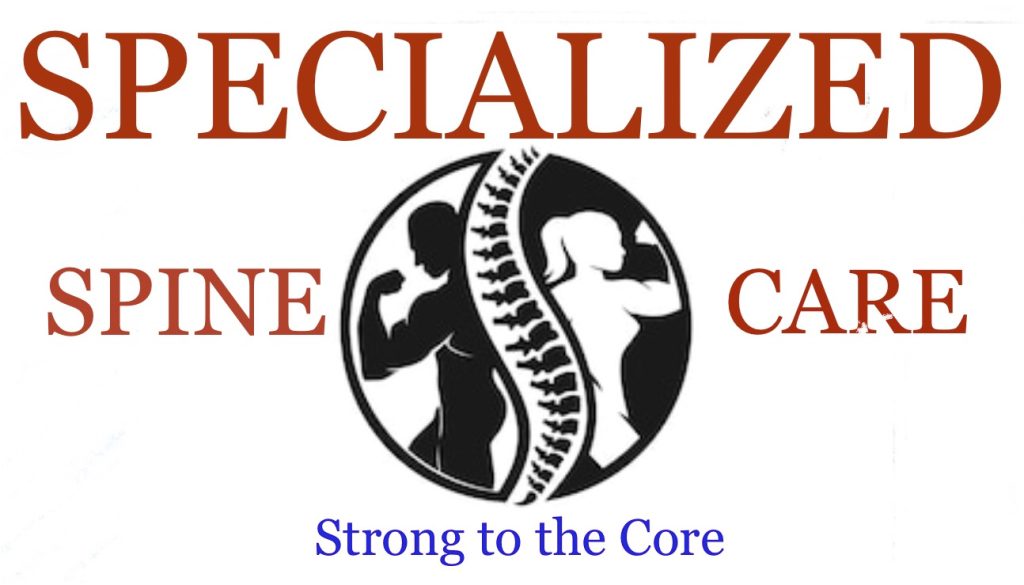Scott Negri, MD et al.
Reprinted from REHAB Management
Feb/Mar 1992
Scott Negri, MD et al.
Reprinted from REHAB Management
Feb/Mar 1992
This case study describes the subjective improvement and measured strength gains of a 60-year-old male with cervical spondylosis. The patient was employed as an air plane sheet metal mechanic with a 15 month-old, work-related chronic overuse injury that occurred as a sudden onset of right-sided neck pain while lifting a 20-lb object.
At the time he first presented, the patient underwent a number of evaluation procedures including magnetic resonance imaging and electromyography. His early therapy treatment included physical therapy, such as stretching, and passive modalities, such as heat massage and ultrasound. Pain medications and anti-inflammatory agents were also administered. After evaluation, the patient was diagnosed with severe disc degeneration at C 6-7 with bilateral foraminal stenosis. Because his symptoms responded poorly to conservative treatment, and after correlating magnetic resonance imaging findings, the patient was offered surgery. Because of personal concerns, the patient refused surgery, and a subsequent electromyogram of the upper extremities was normal. While he sought alternative treatment, the patient returned to work in a light-duty computer position, despite his continuing cervical pain.
At this point, the patient presented to our spine surgery clinic, where a second evaluation was performed. Based on the results of this evaluation, he was referred for cervical extension, strength evaluation and resistance training. A pretreatment, baseline evaluation was performed by testing isometric cervical extension torque in an isometric cervical variable resistance testing and training device. This maximum effort test was repeated at specific points every 18 degrees within the patient’s pain-free range of motion (ROM). This testing procedure was performed on the patient’s first visit and then repeated at the second (baseline) and third visits, to ensure a reliable pre-treatment test. Variability between the base line test and third visit was less than 15% at all common test points.
ROM was initially limited at 78 degrees of flexion. Further flexion beyond this was painful, and was not attempted. Normal ROM with the isometric devices is 126 degrees. The patient’s measured strength levels were below normal levels established for males without pain. Compared to the isometric machine’s one standard deviation below average measurement for his age and sex, his strength ranged from 51% to 25% of expected from the flexed to extended position.
Cervical extension strength training was initiated twice per week using the isometric testing and training equipment. His training consisted of dynamic variable resistance through pain-free ROM. During both the extension and flexion phases, the cervical extension muscles are required to contract concentrically and eccentrically against resistance. The patient performed 12 to 20 repetitions of the exercise within a three minute continuous session at each visit The resistance was increased at each session and thus progressive resistance exercise was provided.
There was a substantial improvement in ROM towards flexion by the fourth session, from 78 degrees to 111 degrees. After the first two visits, the patient remarked subjectively on decreased stiffness, improved mobility, and increased strength. His pain was diminishing and he was actually enjoying his exercise sessions. By the eighth week his verbally communicated pain score, on a ten-point scale, had dropped three points and there were dramatic improvements in ROM and isometric strength.
The patient’s rating of perceived exertion was consistently high at the end of each session and dynamic training resistance increased 270% over eight weeks. ROM had improved 62% and isometric strength improved at all test points (improvements ranged from 96% at 72 degrees to 420% at zero degrees). After undergoing this therapy twice per week for two months, the patient progressed significantly and has now returned to work. He continues to work without pain medication, exercises. or work modification.
This patient exemplifies the possibilities for effective treatment of cervical pain with resistance training. In particular, this case demonstrates how a patient with severe findings radiographically and a history of failed passive, conservative therapy, can improve markedly with active strengthening exercises with the anatomy isolated. By making possible specific isolation of the cervical anatomy, isometric testing, and progressive resistance exercise, the isometric cervical testing and training device can reduce the need for surgery in the majority of patients with cervical pain. We feel that methods of active rehabilitation provide the most efficacious and lasting effects. Pain patients with radiologic abnormalities considered to be amenable to surgery may benefit from a trial of active therapy prior to making a final decision on surgery.
Scott Negri, MD, is medical supervisor, Bryon Holmes, MS, is educational coordinator, and Scott Leggett, MS, is clinical director of the Spine and Joint Conditioning Center. Department of Orthopaedics, University of California, San Diego. Vert Mooney, MD, is a professor in the Department of Orthopaedics, UCSD, and a member of the editorial advisory board of Rehab Management..


Copyright © 2025 Specialized Spine Care, all rights reserved.